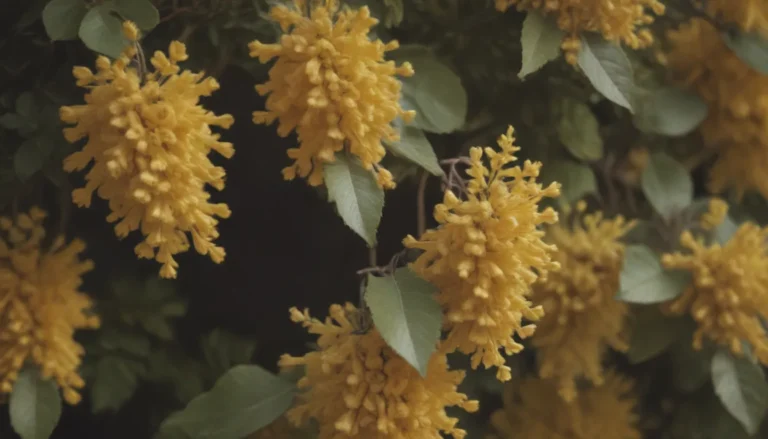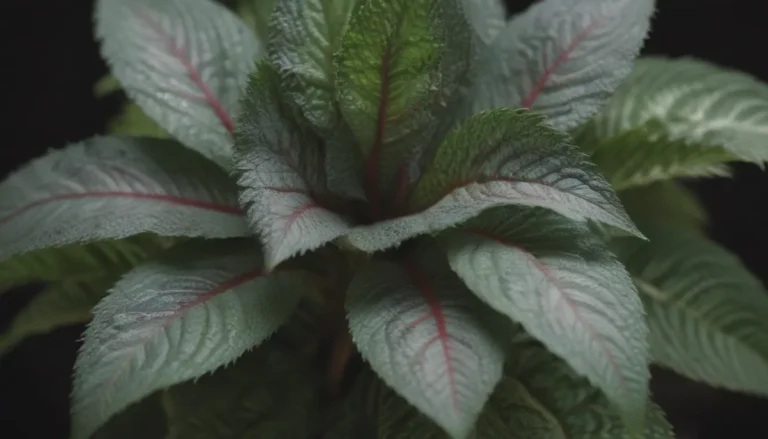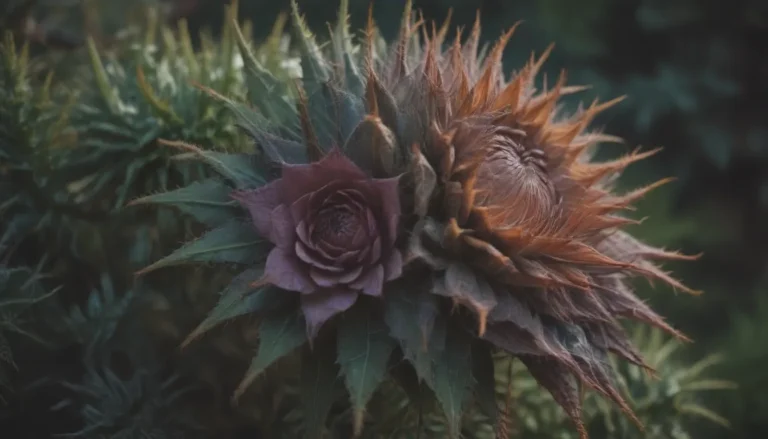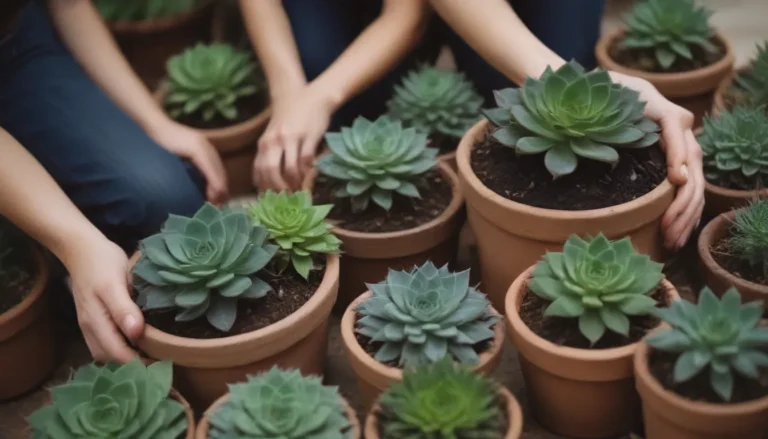The Ultimate Guide to Companion Planting for Watermelons
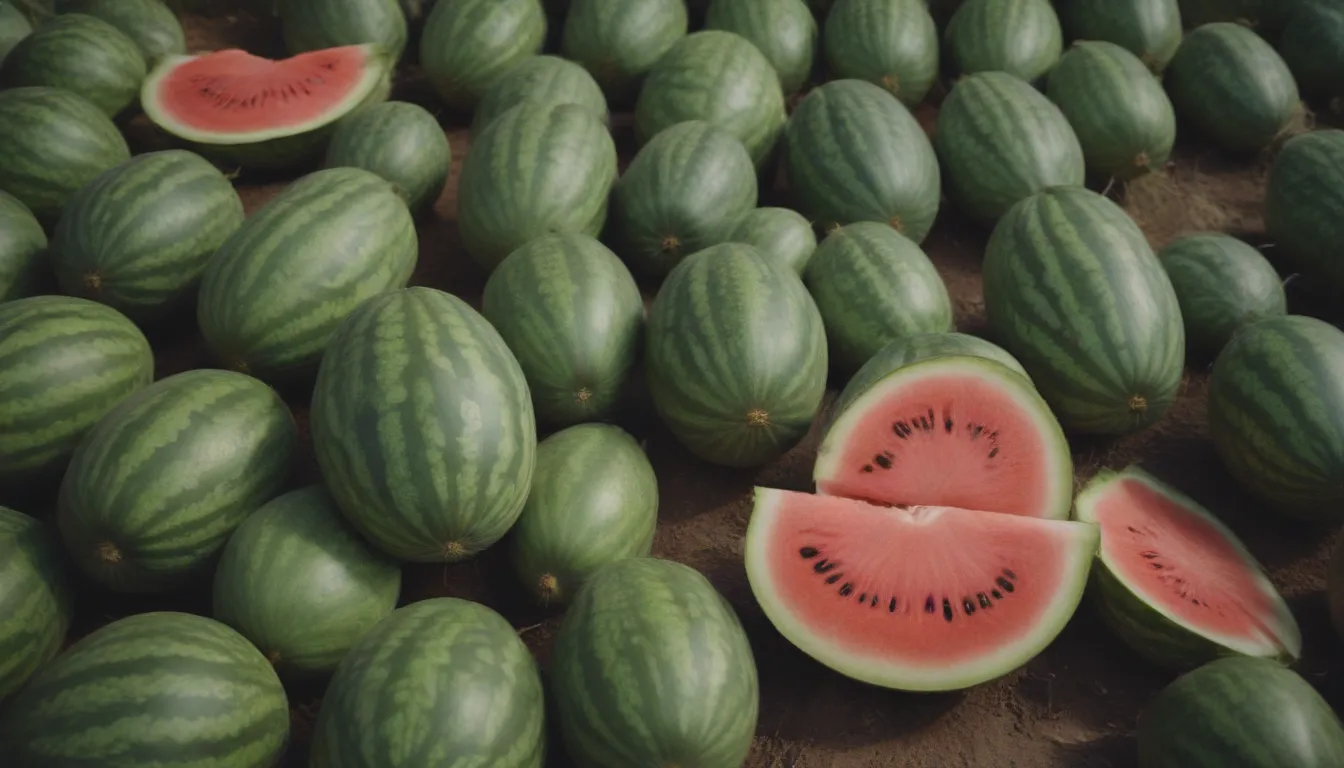
Watermelons are not only delicious but also a joy to grow in your garden. They are versatile plants that can thrive alongside a variety of other crops, making them a popular choice for companion planting. While there are no strict rules for watermelon companion planting, there are several factors to consider when selecting where to plant watermelons and which plants to pair them with. The right companion plants can help deter pests, promote pollination, and provide essential nutrients to support healthy growth.
Size and Light Considerations
When planning your watermelon garden, it’s essential to keep in mind the space and sunlight requirements of these plants. Watermelons need ample space to spread out, with vines that can reach up to 20 feet in length. Additionally, they require full sun to thrive, so avoid planting them next to tall crops that can cast shade on them. By considering these factors, you can ensure that your watermelons have the ideal growing conditions for a bountiful harvest.
Best Companion Plants for Deterring Pests
Pests like aphids and cucumber beetles can pose a threat to watermelon plants, feeding on the foliage and spreading harmful viruses. To combat these pests, consider planting companion plants that can help deter them or serve as trap crops to divert their attention away from your watermelons. Some of the best companion plants for deterring pests include:
- Corn
- Garlic
- Radishes
- Broccoli
- Marigolds
- Certain herbs such as lavender and borage
These plants can help repel aphids and cucumber beetles, keeping your watermelon plants healthy and pest-free.
Worst Companion Plants
While some plants can benefit watermelons, others may do more harm than good when planted nearby. Avoid planting watermelons next to members of the cucurbitaceae family, as they are susceptible to cucumber beetle infestations. Additionally, keep the following plants away from your watermelons to prevent pest issues and promote healthy growth:
- Potatoes
- Tomatoes
- Peppers
- Members of the aster or sunflower family
- Roses
By steering clear of these plants, you can create a more favorable environment for your watermelon crop to thrive.
Best Companion Plants for Pollination
Pollination is essential for watermelon plants to produce fruit, as they require bees to transfer pollen from male to female flowers. To attract pollinators to your garden and ensure successful fruit production, consider planting companion plants that bloom continuously or intermittently. Marigolds, lavender, and borage are excellent choices for attracting bees and promoting pollination in your watermelon patch. Additionally, seeding a strip of mixed wildflowers near your garden can help attract native bees, further enhancing pollination efforts.
Best Companion Plants for Nutrients
To ensure that your watermelon plants have access to essential nutrients, consider planting companion plants that can enrich the soil and support healthy growth. Pole or bush beans are excellent choices for fixing nitrogen in the soil, making them ideal companions for watermelons. However, be mindful of the placement of these beans to ensure that they do not cast too much shade on your watermelon plants. By strategically placing your bean trellis or teepee, you can provide your watermelons with the nutrients they need to flourish.
In conclusion, companion planting is a valuable strategy for maximizing the growth and productivity of your watermelon plants. By choosing the right companion plants and avoiding harmful pairings, you can create a harmonious garden ecosystem that promotes healthy growth and abundant harvests. Experiment with different combinations of companion plants to find the perfect balance for your watermelon patch, and enjoy the rewards of a thriving garden filled with sweet, juicy melons.
